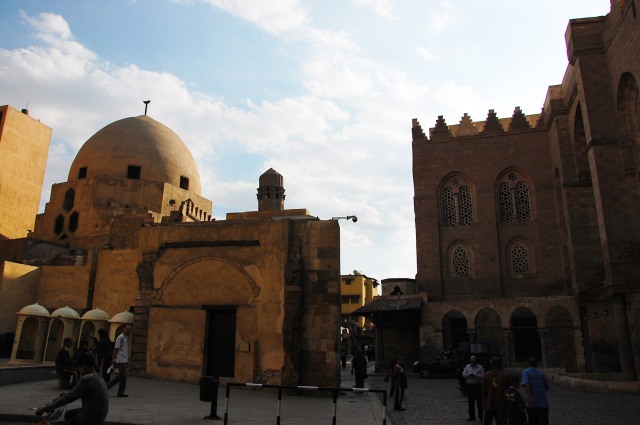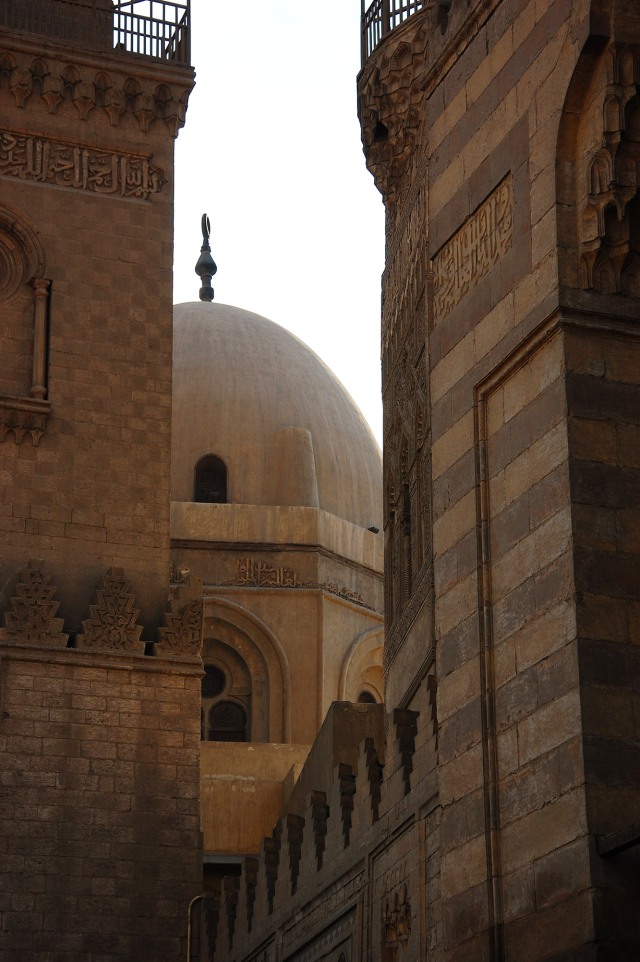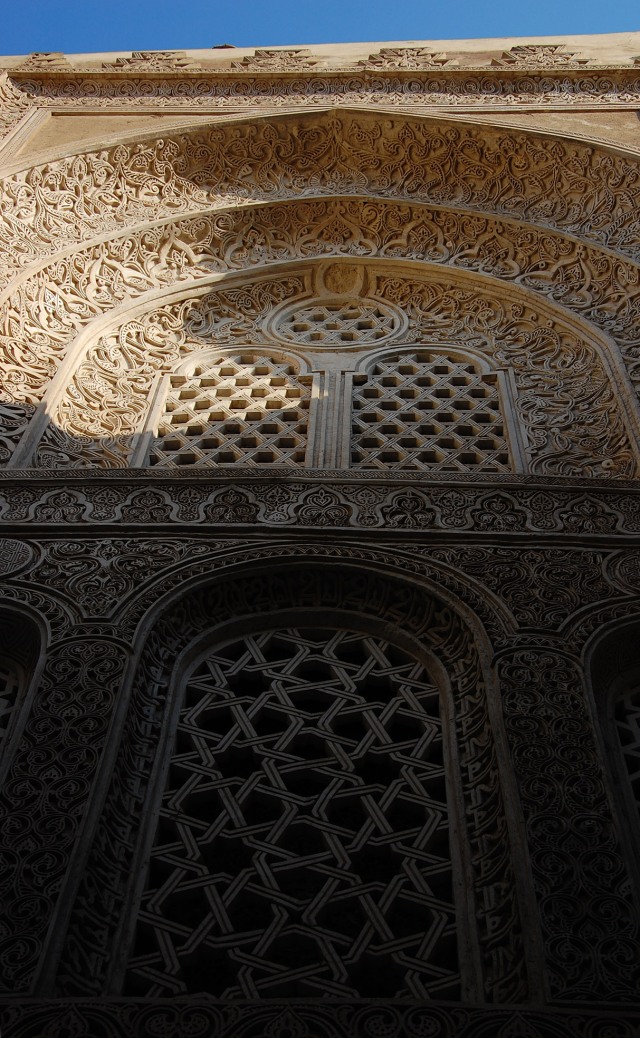October 2012. Cairo. Egypt
A SMOKE-FILLED AND ROWDY march of vehicles advanced toward the city moving in short steps, like a giant reptile crawling along the Nile. From the distance, over the buildings, behind a dense haze of pollution, the silhouette of the pyramids was barely visible under a grey-reddish sky.
Part of Cairo’s ten million inhabitants were back from work to celebrate the Eid-al-Kebir and the atmosphere was filled with great excitement. Many trucks and cars transported lambs, goats and cows to be sacrificed in commemoration of God’s command to Abraham to sacrifice a lamb instead of his own son. The chant of the muezzins calling to prayer seemed to be coming from all directions.
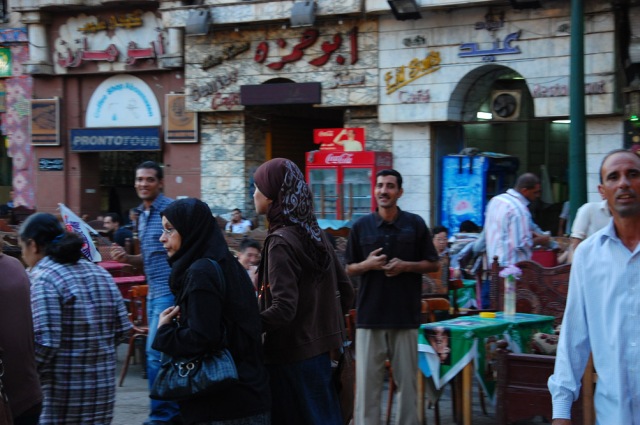 After more than two ours driving from the industrial area in the dessert and across the city, we arrived to Heliopolis’ quarter one of the most frequented and well known for western visitors. Before we got into the hotel we passed through a metal detector. The hotel looked like an old colonial building and had seen better days. It was not very busy those days, and the few foreigners seen around were mostly professionals.
After more than two ours driving from the industrial area in the dessert and across the city, we arrived to Heliopolis’ quarter one of the most frequented and well known for western visitors. Before we got into the hotel we passed through a metal detector. The hotel looked like an old colonial building and had seen better days. It was not very busy those days, and the few foreigners seen around were mostly professionals.
The Muslim Brothers were then in power. Three months before Mohammed Mursi won the first democratic election in the 5000 year history of Egypt. The feeling that the army may rise at any moment is tangible.
Protests in Egypt began on 25 January 2011 and ran for 18 days. The U.S. embassy and international students began a voluntary evacuation near the end of January, as violence and rumors of violence escalated
Tahrir Square was not far from my hotel and Cairo Museum, the world’s greatest collection of Egyptian antiquities, was on the north edge of the square. I was advised to avoid it completely. If trouble broke out, the risk of being caught nearby was very likely.
AL AZHAR MOSQUE
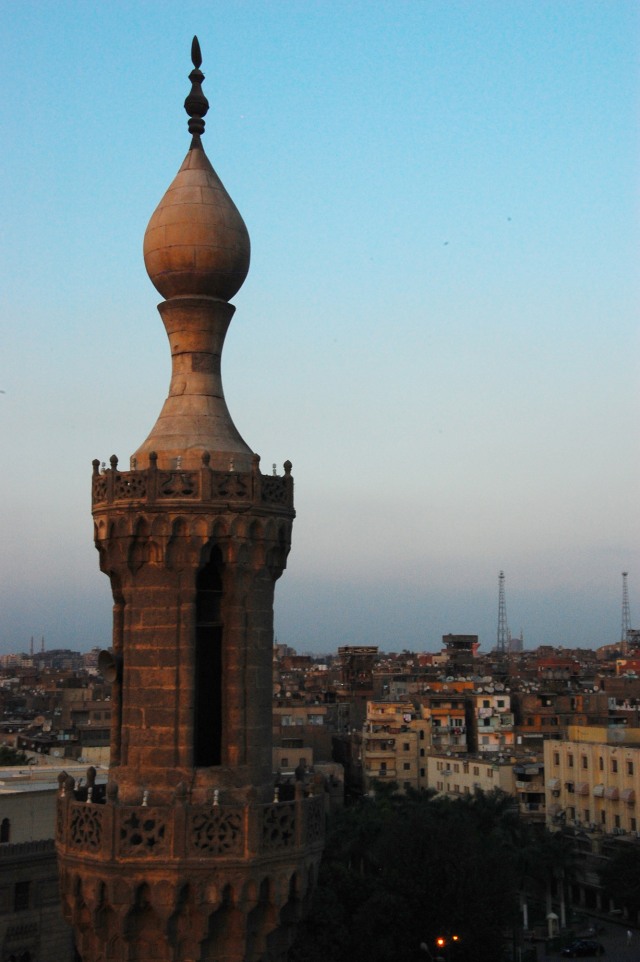 Given that it would be unwise to go to the Cairo Museum in Tahrir, I headed to the Al Azahar mosque, in the so called Islamic Cairo. The mosque is usually thought to allude to the Islamic prophet Muhammad’s daughter Fatimah, a revered figure in Islam who was given the title az-Zahrā′ (“the shining or resplendent one”). It was the first mosque established in Cairo.
Given that it would be unwise to go to the Cairo Museum in Tahrir, I headed to the Al Azahar mosque, in the so called Islamic Cairo. The mosque is usually thought to allude to the Islamic prophet Muhammad’s daughter Fatimah, a revered figure in Islam who was given the title az-Zahrā′ (“the shining or resplendent one”). It was the first mosque established in Cairo.
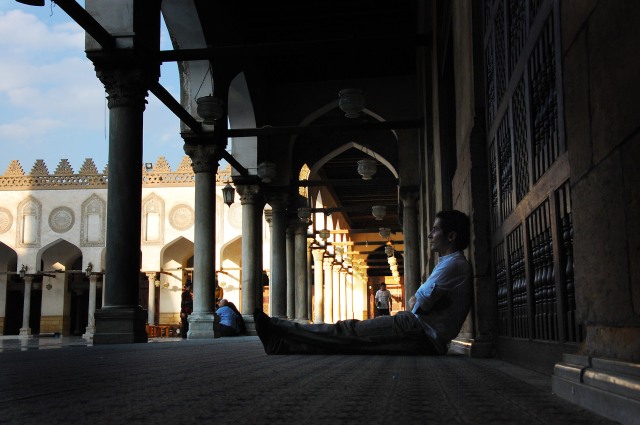
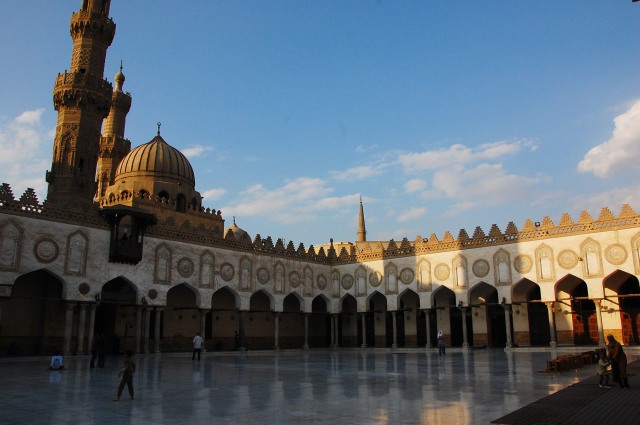
Because it was founded as a Shiite Ismaili institution, the mosque has being neglected for centuries. The Ismaili Shiite sect is a gnostic, esoteric branch of Islam. They believe that the Qur’an has two layers of meaning, the zahir meaning apparent, and the batin, meaning hidden. Ismāʿīlīs believe, like the Pythagoreans did, that numbers have religious meanings.
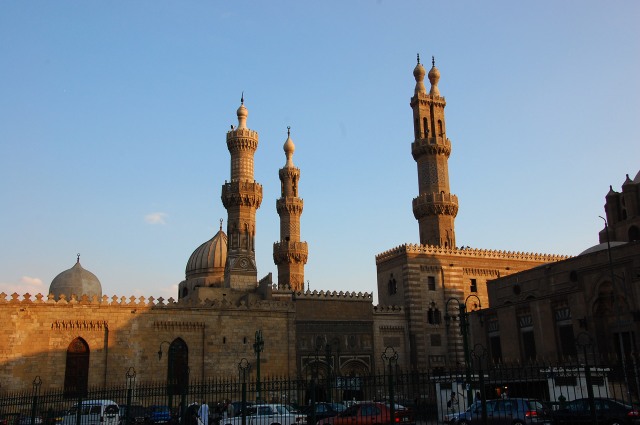
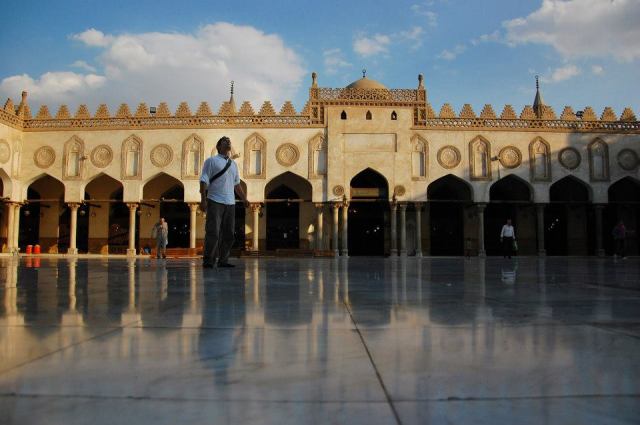
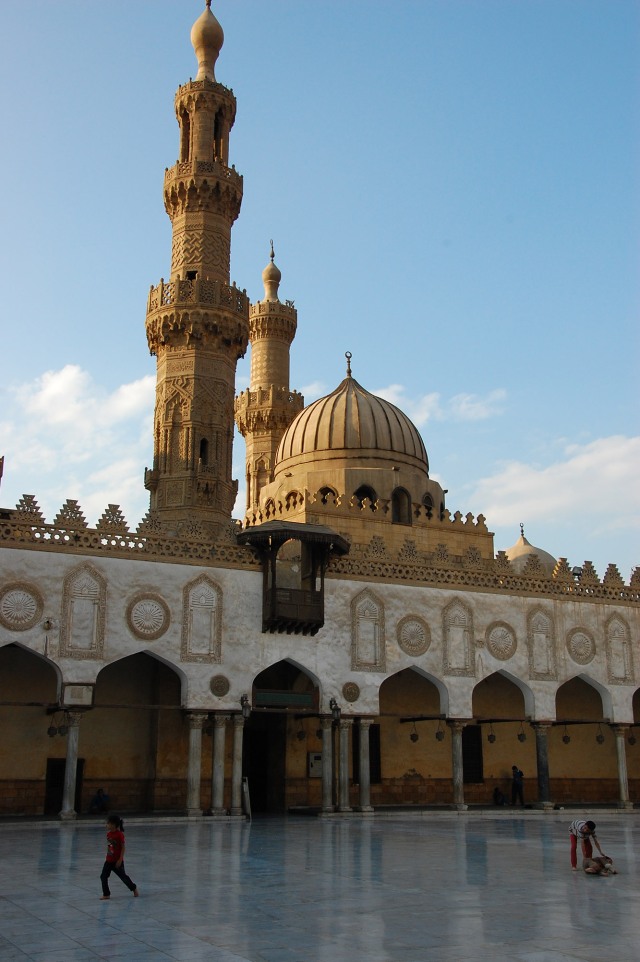
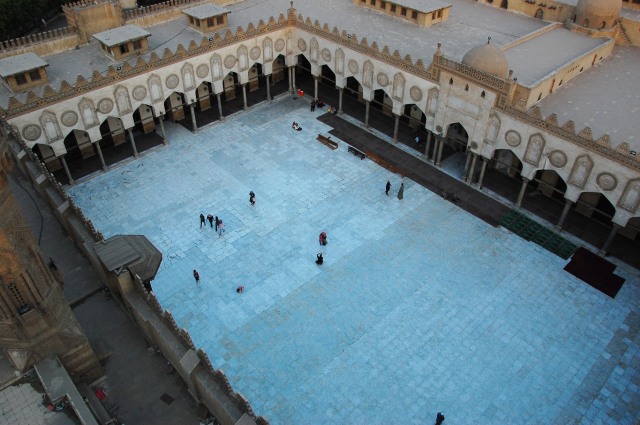
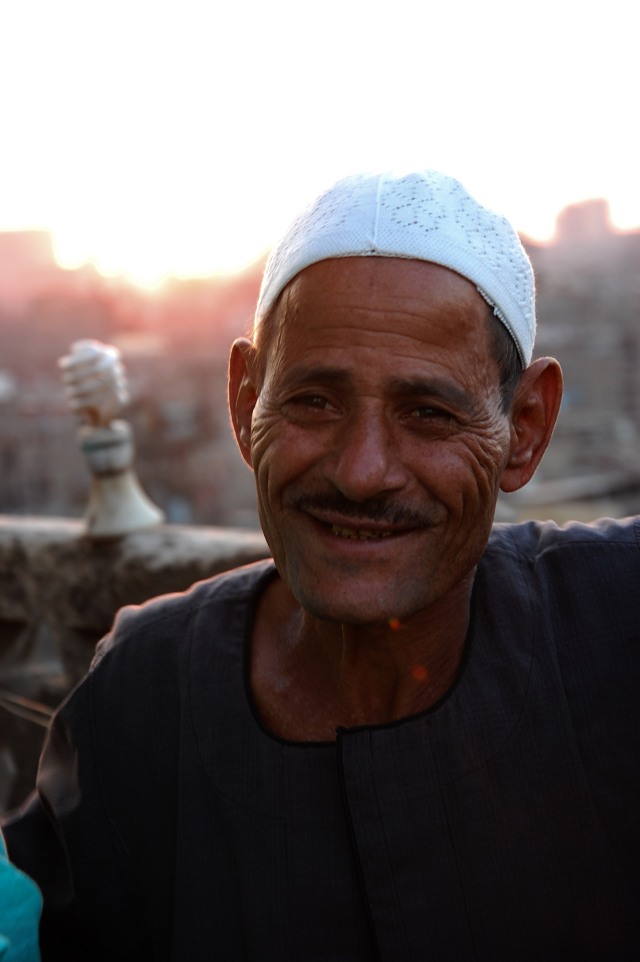
ISLAMIC CAIRO
